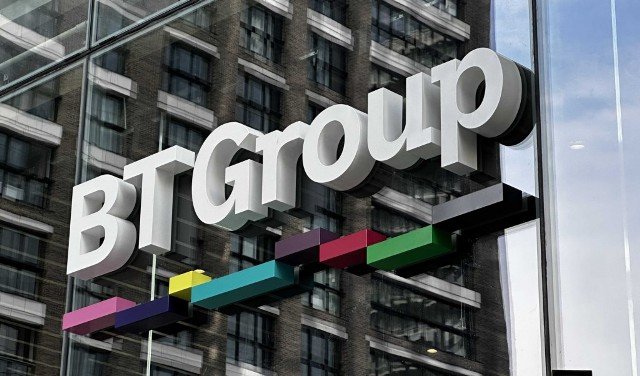BT Group has redefined its 5G Standalone (SA) strategy with a clear emphasis on user experience, performance, and real-world impact. Through EE, its mobile division, BT is deploying a future-ready network, combining robust infrastructure investment with innovative features like network slicing and uplink enhancements to meet evolving consumer and business demands.

At the heart of BT’s 5G SA rollout is a commitment to delivering meaningful, differentiated experiences. The company prioritized achieving over 95 percent outdoor coverage in launch locations — 50 cities and towns by March 2025 — before going live, ensuring users experience the benefits from day one. This performance-centric launch was backed by aggressive deployment of mid- and low-band carrier aggregation and a converged cloud-native core that enables flexibility, scalability, and faster service delivery, Ericsson Mobility Report | June 2025 indicated.
BT has spent 4,857 million towards Capex in the 2025-fiscal. BT’s capital expenditure includes 2,547 million for capacity/network; 1,461 million for customer driven initiatives, 689 million for systems/IT and 160 million for non-network infrastructure. BT’s 5G connections have reached 10.80 million at the end of fiscal-2025.
BT’s infrastructure strategy goes beyond outdoor mobile performance. It includes the integration of Wi-Fi 7 and millions of public Wi-Fi hotspots to ensure seamless indoor connectivity. This approach supports BT’s ambition for convergence, allowing customers to enjoy reliable, high-speed connections across fixed and mobile networks.
Real-world deployments highlight the value of 5G SA innovations. In Belfast, BT’s use of network slicing at the Christmas Market ensured dependable mobile payment performance during peak hours. Similarly, at Wembley Stadium, a 31 percent increase in 5G traffic and 46 percent uplift in uplink usage during a major football weekend demonstrated the network’s ability to handle surging demand. BT even offered customized connectivity experiences for select users—like parents of player mascots—with guaranteed access to live content.
Strategically, BT’s clustering model in subsequent rollout phases aims to extend population coverage beyond 40 percent, driving adoption of premium EE services and compatible devices. The strong early reception is reflected in a stable Net Promoter Score (NPS) of 8/10, with customers responding positively to the consistency and responsiveness of the network.
Looking ahead, BT envisions its 5G SA network as a foundation for emerging technologies such as AI-powered devices and real-time cloud applications. With plans to expose network capabilities through APIs, BT will allow developers to tap into programmable connectivity, creating a dynamic ecosystem that supports next-gen applications and personalized services.
Baburajan Kizhakedath
